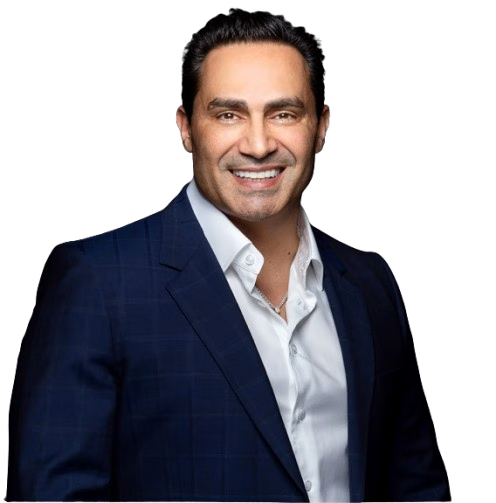A Bra Lipectomy, also known as an Upper Body Lift, is a surgical procedure that addresses excess skin rolls and fatty tissue. Specifically, this tissue is in the upper and middle part of the back around the bra strap area. If an individual has lost a significant amount of weight, these areas of excess skin can be mild to severe. Often, the primary concerns with this excess skin are both functional (causing various health and hygiene concerns) and aesthetic.
A Bra Lipectomy essentially tailors this area during surgery by removing excess skin, creating a far more functional and aesthetically pleasing form.
The scar pattern for the surgery depends on the particular procedure. However, it typically extends from the back, through to the front of the chest wall, under the bust area (hence the term ‘bra lipectomy’). The scar pattern is circumferential, or near circumferential.
An Upper Body Lift is performed in a private hospital under general anaesthesia. Depending on the procedure required, your surgery may take between three and four hours.
Bra Lipectomies, Reverse Tummy Tucks & Other Names
As mentioned, a Bra Lipectomy is also sometimes referred to as an Upper Body Lift. However, several names are associated with similar, yet slightly different procedures. Some of these procedures include:
- BRA LINE BACK LIFT – This name reflects the surgery and the scar pattern, which is isolated to the back region. No scar extends to the front of the chest.
- UPPER BACK LIFT – A very similar procedure to the Bra Line Back Lift procedure
- UPPER BODY LIFT – Another term to describe a Bra Lipectomy, which has the same circumferential scar.
- UPPER TRUNCOPLASTY – Identical to an Upper Body Lift, but is simply a more formal term, and one more difficult for a non-medical person to understand.
- REVERSE TUMMY TUCK (Abdominoplasty) – Has a scar pattern isolated to the upper abdominal wall and lower chest region. The procedure lifts the abdominal wall skin. The scar does not extend to the back and is essentially the front half of an Upper Body Lift.
Combining Bra Lipectomy Surgery with Other Surgical Procedures
When someone has lost an excessive amount of weight, they are often left with excess skin and tissue in various parts of their body. This is why each patient requires an individualised surgical plan to suit their needs. The most common areas of concern are the arms, breast, back, tummy and thighs. Therefore, it is not uncommon for patients to want more than one surgical procedure.
Patients electing to have a Bra Lipectomy often combine this surgery with various types of Tummy Tucks/Abdominoplasties (including a Fleur De Lis Tummy Tuck or Dr Dona’s Open Book Tummy Tuck™). Other patients may choose to combine their Bra Lipectomy with a Breast Reduction and/or Arm Reduction (Brachioplasty).
To determine the appropriate procedures for you, various factors must be considered, including your general health, logistics and finances. Often, more than one operation is required in a staged manner to ensure a safe and effective pathway to address all areas of concern.



